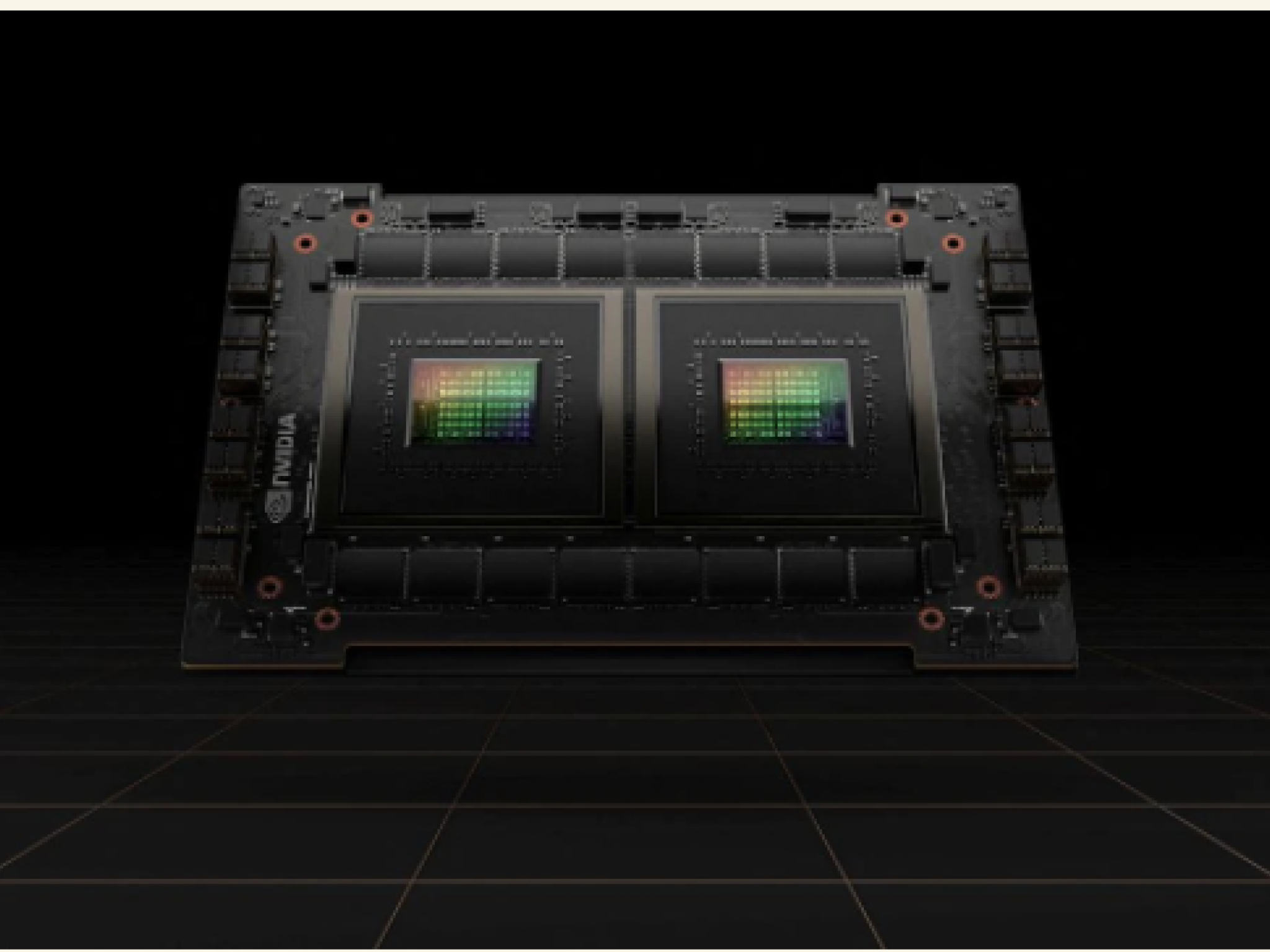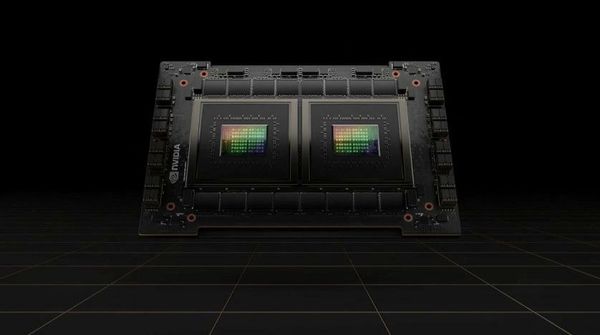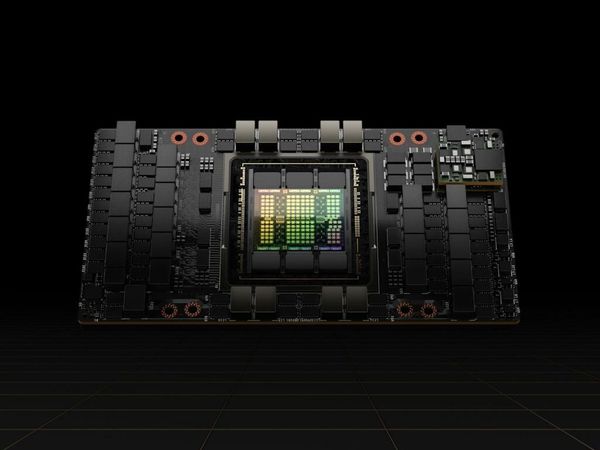
On Tuesday, Nvidia Corporation (NASDAQ:NVDA) officially announced the debut of new chips designed to bolster computing power. Announcing at the Nvidia GTC conference, the new chip, Jetson AGX Orin, is the successor of the Nvidia Jetson AGX Xavier. Jetson AGX Orin is powered by a single Nvidia A100 graphics processing unit and multiple Arm Cortex-A78AE central processing units.
Nvidia provided details of new GPU chips that will be at the core of AI infrastructure, releasing the H100 chip and a new processor chip called the Grace CPU Superchip. It's the first Arm-based chip from Nvidia to be unveiled since its deal to buy Arm collapsed last month.
“The Grace CPU Superchip offers the highest performance, memory bandwidth and NVIDIA software platforms in one chip and will shine as the CPU of the world’s AI infrastructure,” said Jensen Huang, founder and CEO of NVIDIA. The Grace CPU design stems from a point of excelling at high-performance computing (HPC), data analytics, AI, and more.
The company is becoming a leader in this industry and is looking forward to monetizing further. Just two years ago, it launched its Ampere GPU architecture which made a good sale. "Already we have been selling software to our enterprises and this is a couple hundred million dollars today and we believe this is a growth opportunity for us," said Collete Kress, Nvidia’s COO.
Nvidia also announced that it was developing a new AI supercomputer, which is expected to be the world’s fastest when it debuts. Named Eos, the supercomputer will be built using the Hopper architecture and contain 4,600 H100 GPUs providing 18.4 exaflops of AI performance. Eos is expected to be operational later this year.
Nvidia’s whirlwind-paced speed in manufacturing next-gen chips poses a profound competition with major players like Intel who’ve been spearheading the industry for a long. As said by Bob O'Donnell, chief analyst at TECHnalysis, "It's clear from the latest announcements that Nvidia is becoming a more significant threat to Intel and AMD in the data center and cloud computing markets."










